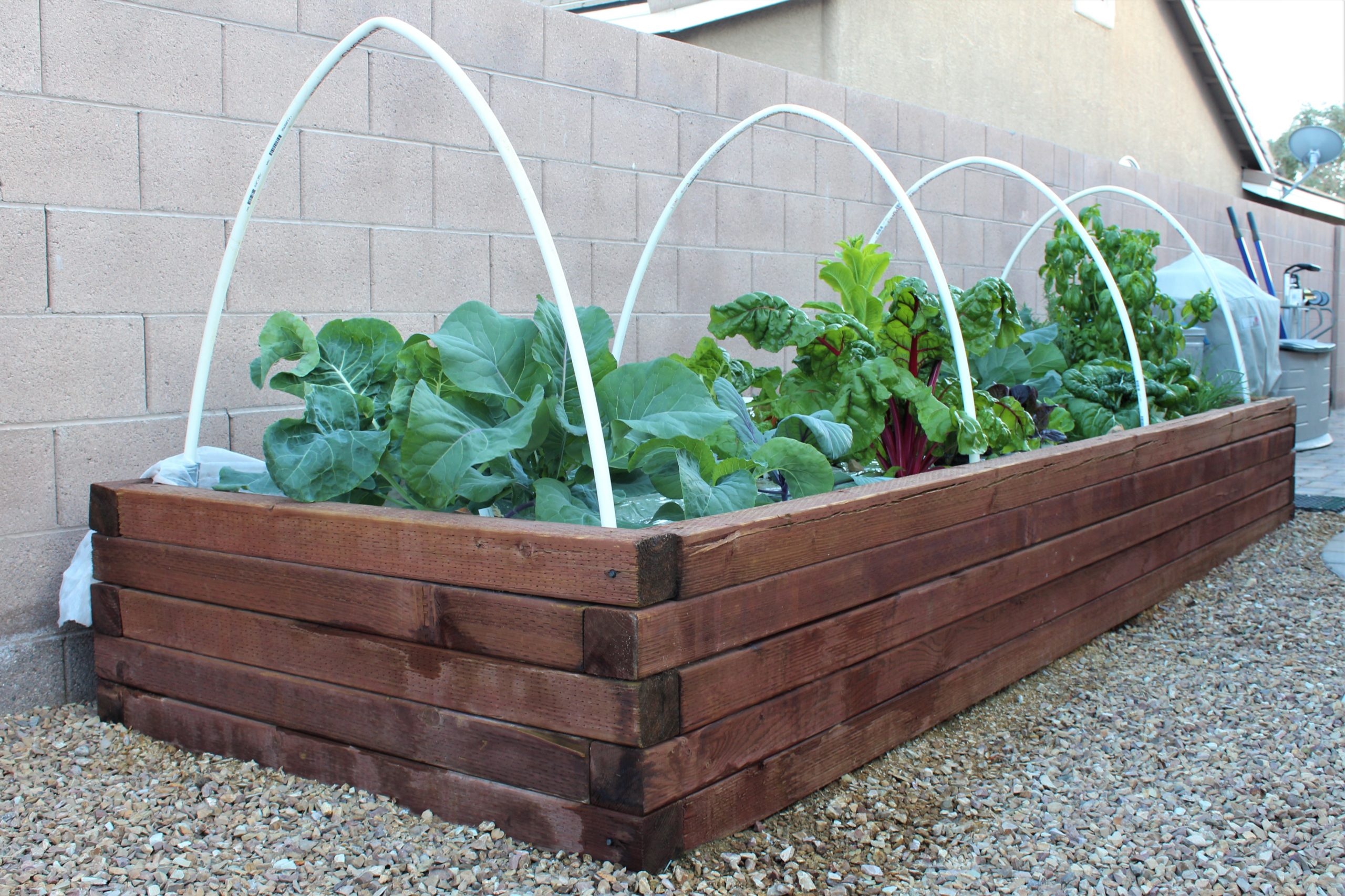As the sun stretches its arms higher in the sky and the earth begins to thaw, there’s an undeniable sense of renewal in the air. Spring brings with it the promise of growth and the perfect opportunity to cultivate your own vegetable garden. Whether you’re a seasoned gardener or a novice ready to try out your green thumb, there’s no better time to dig into the soil and watch your efforts bloom. In this guide, we’ll walk you through the steps to kickstart your spring vegetable garden journey.
Choosing the Right Spot:
The first step in starting your spring vegetable garden is selecting the perfect spot. Most vegetables require ample sunlight, so look for a location in your yard that receives at least six to eight hours of direct sunlight per day. Raised garden beds are a great option if your soil quality is poor or if you have limited space.
Selecting Your Vegetables:
When it comes to choosing which vegetables to grow in your spring garden, the options are plentiful. Consider factors such as your climate, available space, and personal preferences. Cool-season crops like lettuce, spinach, peas, and radishes will last through the spring before dying off in the summer heat. Now is the time to get your warm-season vegetables established and growing, as the threat of frost has passed. Plants like tomatoes, peppers, cucumbers, carrots, and squash are great options!
Preparing the Soil:
Healthy soil is the foundation of a thriving garden, so take the time to prepare your soil before planting. Begin by removing any weeds and debris from the area. Then loosen the soil with a garden fork or tiller to improve aeration and drainage. Incorporate organic matter such as compost or aged manure to enrich the soil with essential nutrients and improve its texture. Be sure to check that your irrigation system is in working condition.
Time to Plant:
Once your soil is prepared, it’s time to get your plants in the ground. If installing a pre-potted plant, dig your hole a little wider than the pot size but no deeper. Slicing the root ball of the plant before planting is a great way to encourage more root growth and strengthen the plant. Once planted, pack the removed soil tightly around the root ball and water it in well. Consider using companion planting techniques to maximize space and deter pests naturally. For example, planting basil alongside tomatoes can improve flavor and repel insects.
What about Seeds:
Growing plants from seeds is a lot of fun! Follow the instructions on the seed packets for proper planting depth and spacing and be sure to water gently after planting to ensure good seed-to-soil contact.
Harvesting and Enjoying:
Before you know it, your spring vegetable garden will be bursting with fresh produce ready for harvest. Harvesting times will vary depending on the type of vegetable, so refer to seed packets or gardening resources for guidance. There’s nothing quite like the satisfaction of picking your own homegrown vegetables from the vine and incorporating them into delicious meals for your family and friends to enjoy.
Starting a spring vegetable garden is a rewarding endeavor that allows you to connect with nature, savor the freshest flavors, and nurture a sense of self-sufficiency. Whether you have acres of land or just a few pots on a balcony, there’s a garden waiting to be grown and we would love to be a part of your gardening endeavors. From custom-built garden beds, unique to your property and space, to updated irrigation systems, Mauri Landscapes is ready to assist you in your gardening adventures!








